16 Wild Animals in South Australia [Wildlife in South Australia]
Want to know more about the wildlife in South Australia?
Discover 16 wild animals in South Australia in this post, as well as interesting facts about them. 🇦🇺
Native Animals from South Australia
South Australia is Australia’s fourth-largest state and the country’s second-smallest state by population. It is home to some of the aridest areas of the country, thus having unique and extraordinary wildlife. It has long been inhabited by tribes, and its economy is dominated by manufacturing, agriculture, and mining. It is bordered by the Northern Territory, Western Australia, Queensland, New South Wales, and Victoria, and its capital and largest city is Adelaide, which counts more than 1,387,000 inhabitants, or about 77 percent of the entire region’s population!
An interesting part of this region that I wanted to tackle is its wildlife. In light of that, I have listed the best of it, and I hope you will love learning what animals live in South Australia.
Here’s the South Australia animals list.
1. Platypus
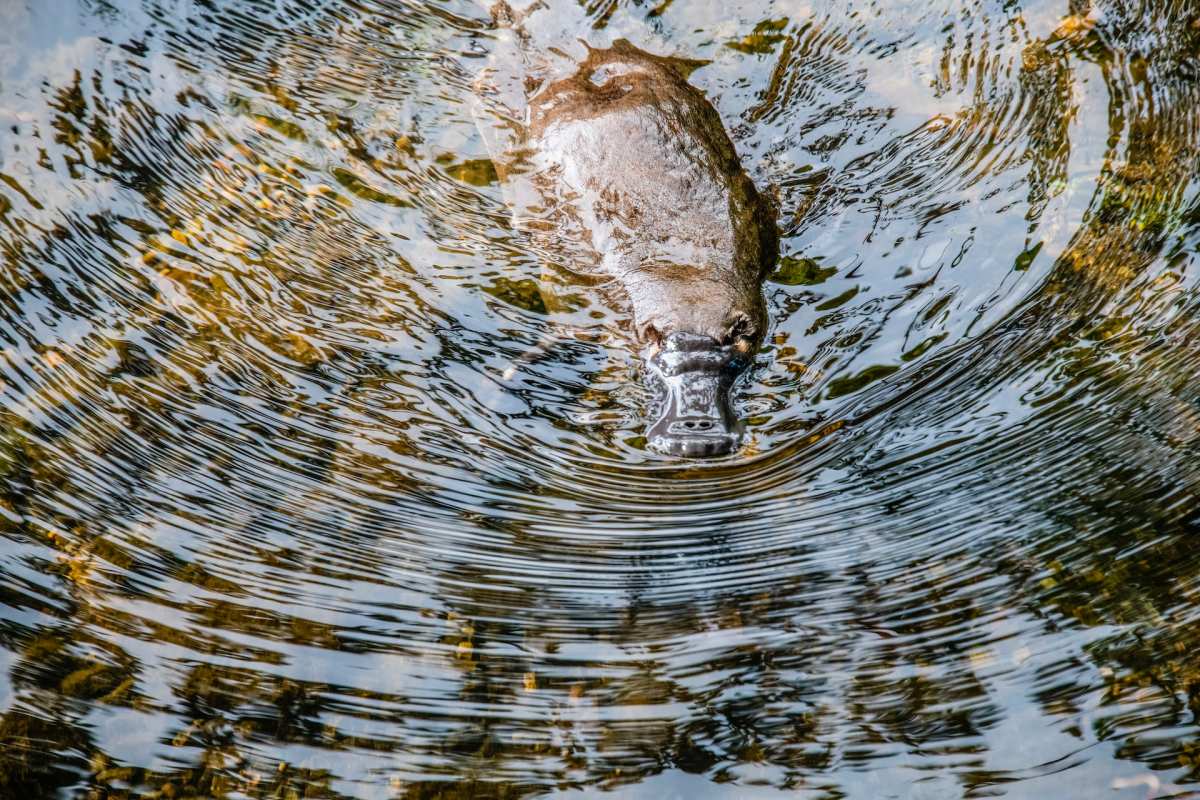
- Name: Platypus
- Scientific name: Ornithorhynchus anatinus
- Conservation status:
The platypus, also known as the duck-billed platypus, is definitely one of the most intriguing animals in South Australia, and even in the entire world. It has what looks like a beaver’s tail, webbed feet, and a duck bill, but its most unique feature is the fact that it lays eggs!
While it is considered near threatened with extinction as a whole, its South Australian population is very small and can exclusively be found on the western side of Kangaroo Island, to which it was introduced.
Best spot to see this animal: Kangaroo Island
2. Koala
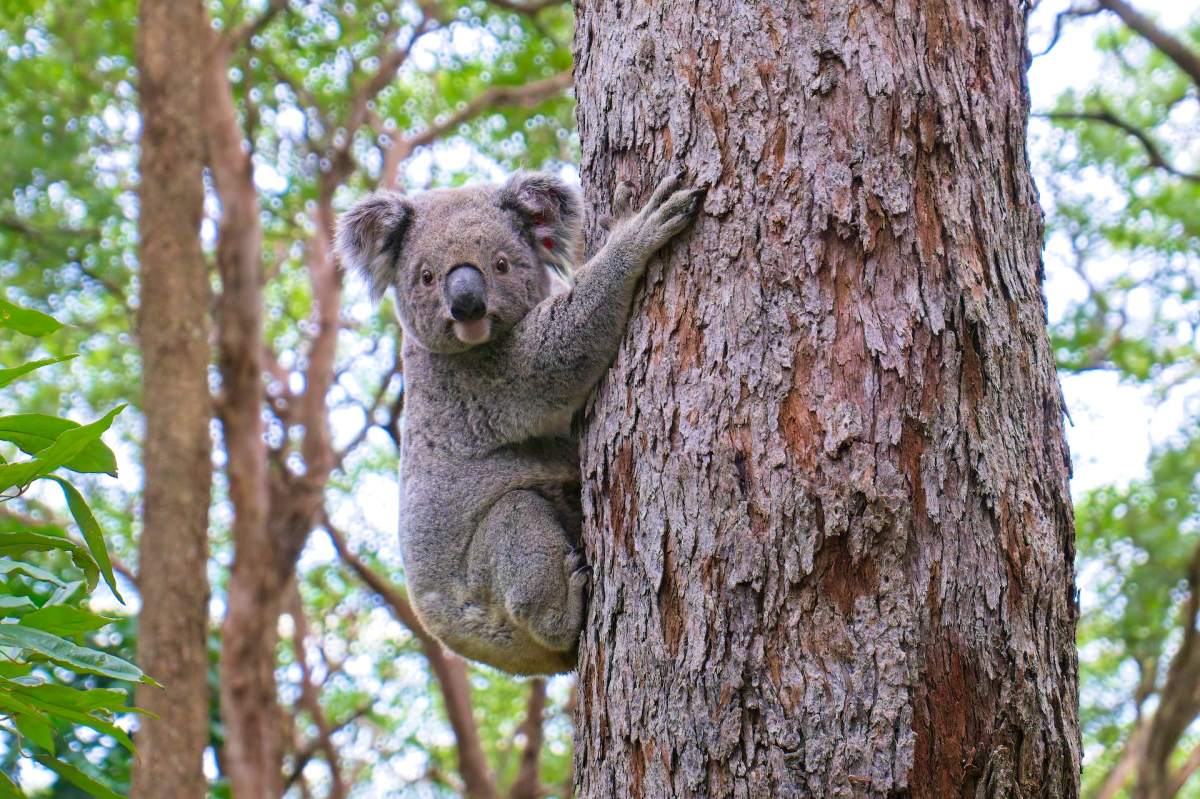
- Name: Koala
- Scientific name: Phascolarctos cinereus
- Conservation status:
The koala, sometimes known as the koala bear (although that name is inaccurate), is an iconic species of marsupial endemic to Australia. It can only be found on the southern and eastern coastlines of the country and was reintroduced to South Australia after becoming locally extinct in the region.
This marsupial inhabits open forests and woodlands, in tropical to cool temperate climates. It is known throughout the world for how much it suffered from wildfires and habitat destruction.
Best spot to see this animal: Kangaroo Island
3. Red kangaroo
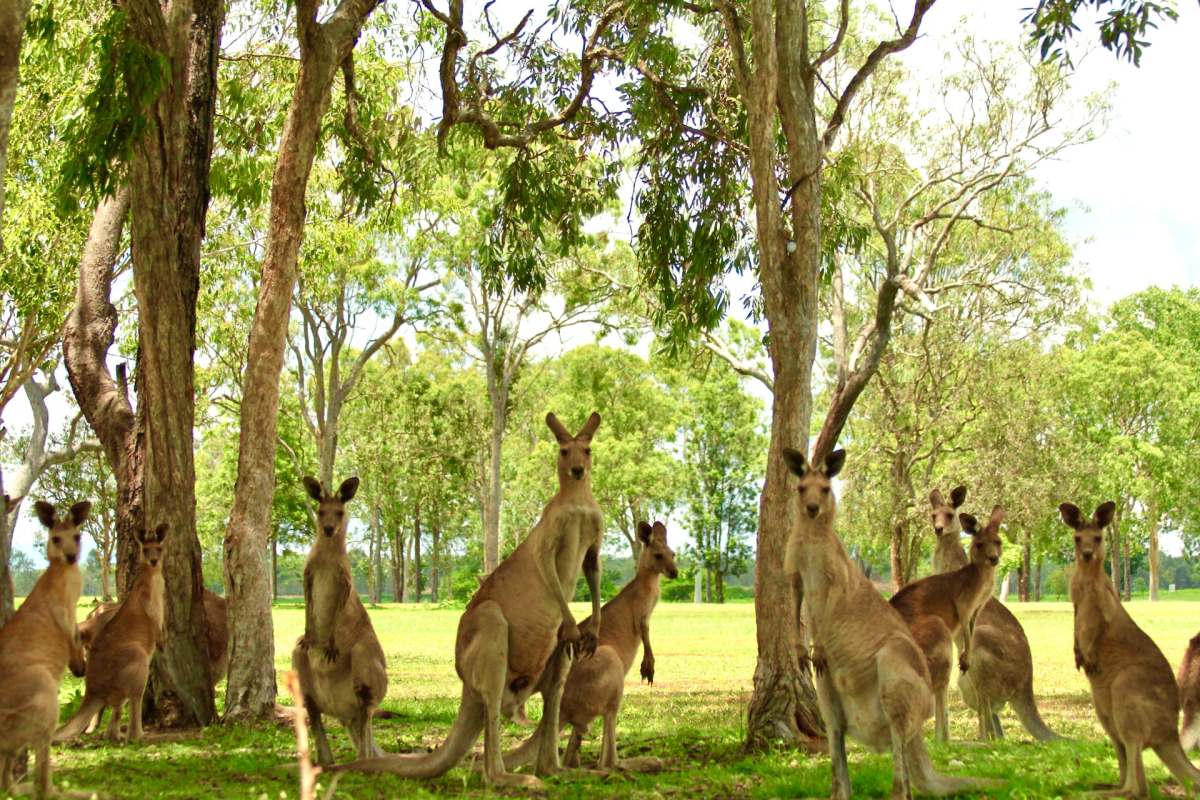
- Name: Red kangaroo
- Scientific name: Osphranter rufus
- Conservation status:
Yes, I know you immediately think of kangaroos when imagining any Australian region, but we can’t not talk about them!
The red kangaroo is the largest marsupial, the largest kangaroo, and the largest terrestrial mammal native to Australia. It can be found all around the country, except for the more fertile areas. Due to its abundance, it has long been interacting with humans and is sometimes shot as a pest.
Best spot to see this animal: Billabong Sanctuary
4. Australian sea lion
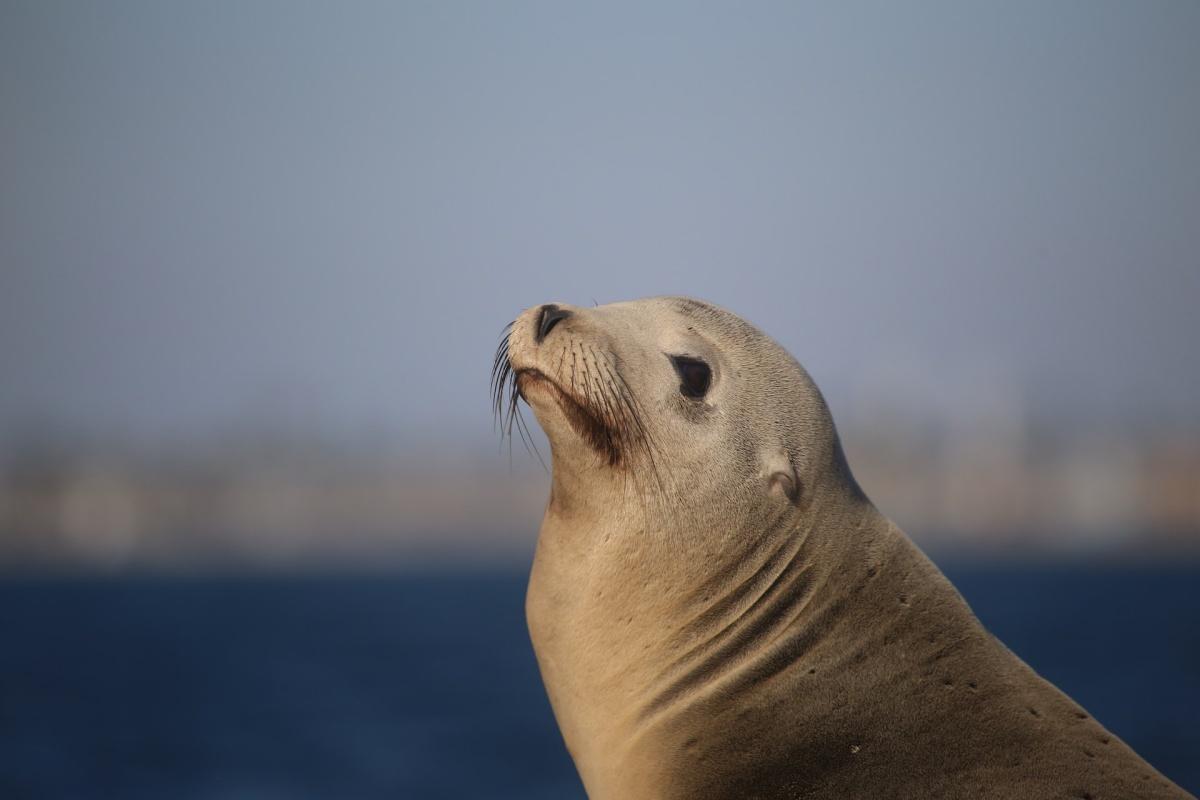
- Name: Australian sea lion
- Scientific name: Neophoca cinerea
- Conservation status:
The Australian sea lion, also spelled as the Australian sea lion or the Australian sea lion, is a large species of pinniped endemic to Australia. Although more than 14,000 individuals remain in the wild, they are on the decline due to hunting, shooting, and shark fishery, and are in dire need of special protection.
In South Australia, there are 38 breeding colonies of Australian sea lions, and the region is home to the largest population.
Best spot to see this animal: Dangerous Reef
5. Emu
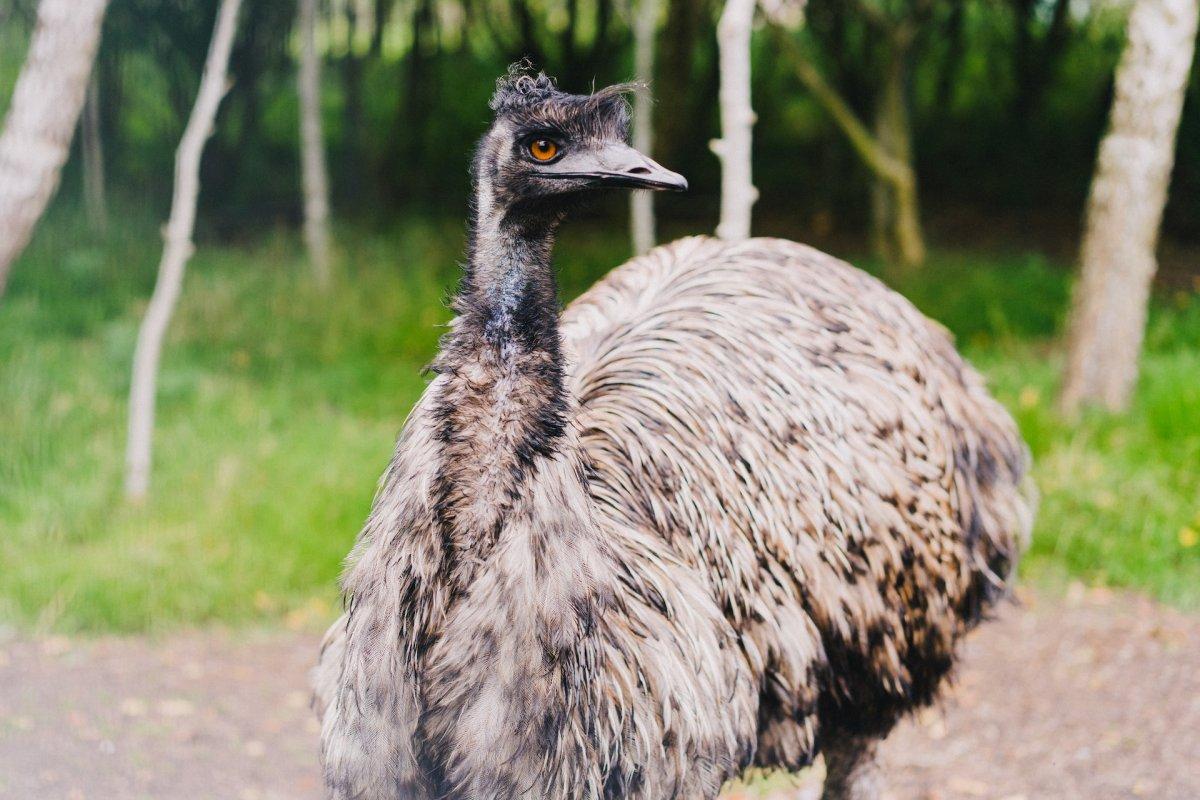
- Name: Emu
- Scientific name: Dromaius novaehollandiae
- Conservation status:
The emu is the second-largest bird in the world, after its relative, the ostrich. It is endemic to Australia and can be found across much of the country’s mainland, as several off-shore populations became extinct after the settlement of Europeans, at the end of the 18th century.
This bird is very common in the country, but is still locally endangered in some areas, mostly due to roadkill, habitat fragmentation, and predation of its eggs.
Best spot to see this animal: Avenue Emus
6. Southern right whale
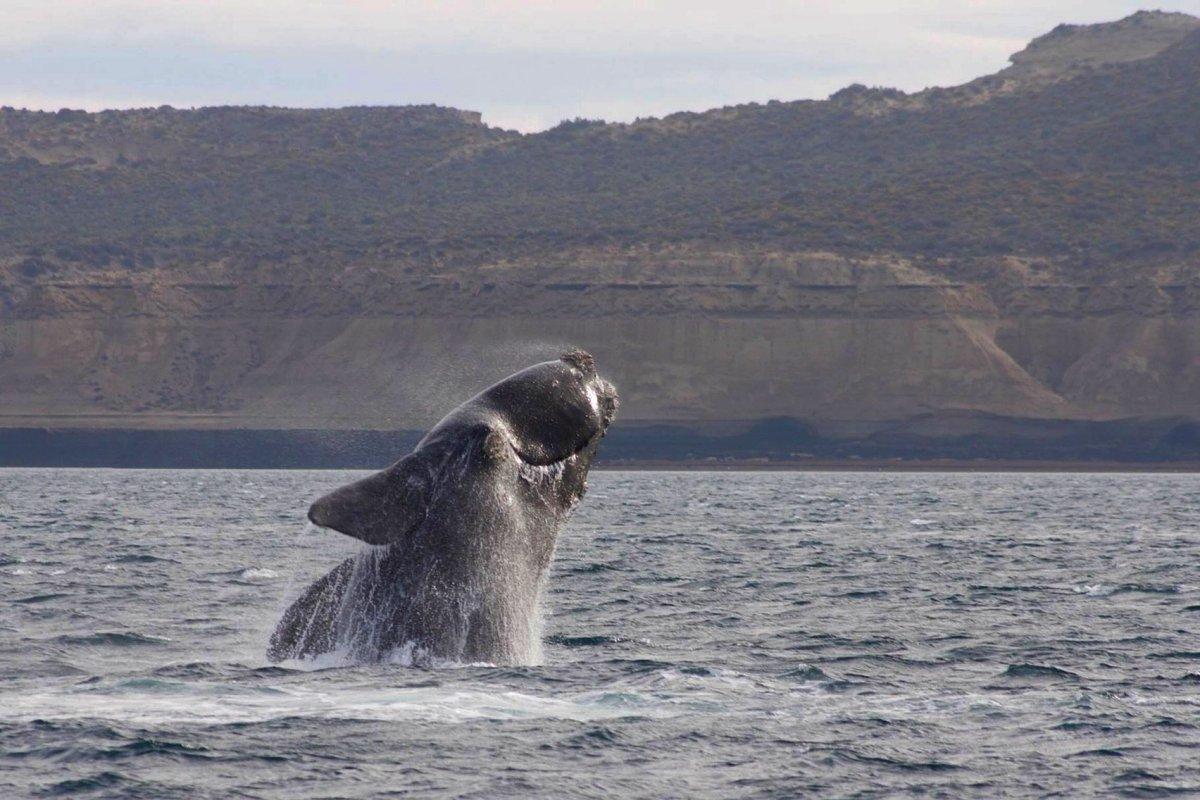
- Name: Southern right whale
- Scientific name: Eubalaena australis
- Conservation status:
The southern right whale is a species of baleen whale native to the southern parts of the globe, between the latitudes of 20° and 60° south. It can be seen migrating every year in the winter and spring in South Australia’s Great Australian Bight.
This fantastic creature, although listed as least concern, suffers from entanglement in commercial fishing gear, as well as ship strikes and underwater noise from drilling and dredging.
Best spot to see this animal: Great Australian Bight
7. Brolga
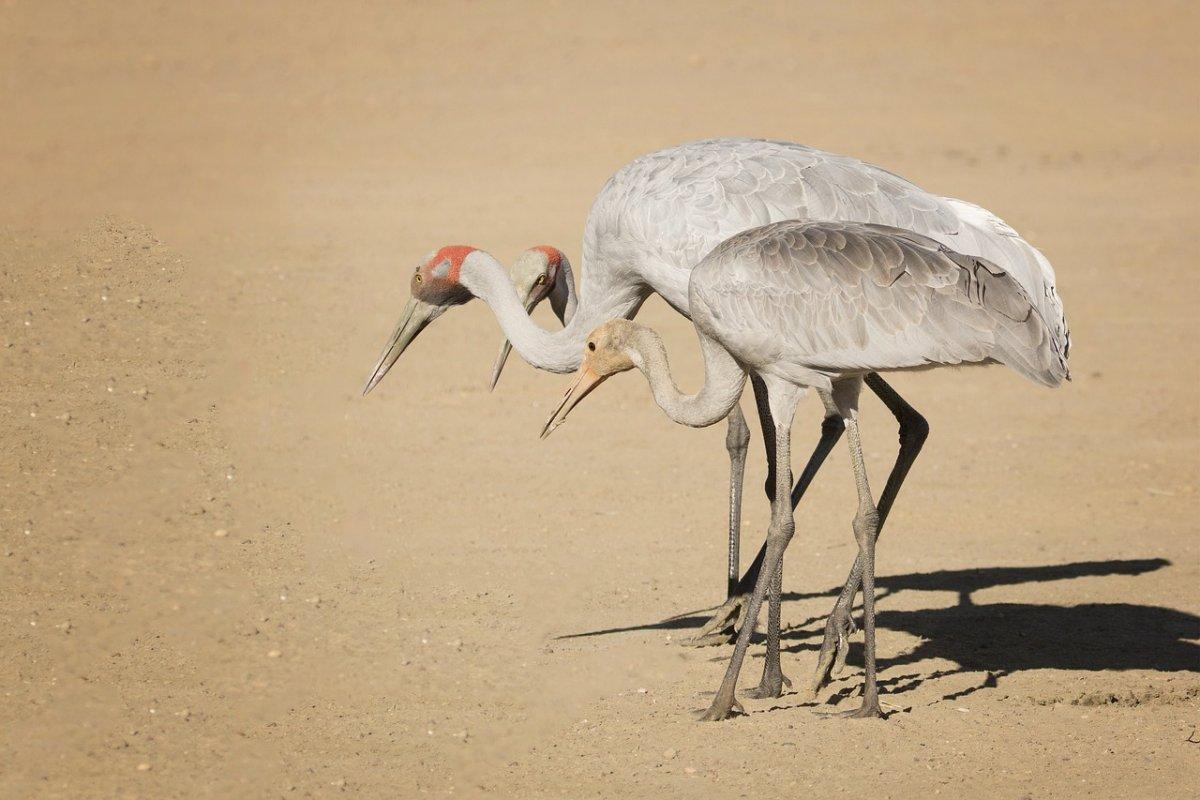
- Name: Brolga
- Scientific name: Antigone rubicunda
- Conservation status:
The brolga, also known as the Australian crane or the native companion, is a large species of crane. Within its range, it is pretty common and gregarious, and can mostly be found in southeastern Australia and New Guinea, but also in South Australia.
This bird has a small head with a long beak, as well as long legs, and its plumage is mostly gray. It has been the bird emblem of Queensland since 1986.
Best spot to see this animal: Kangaroo Island
8. Australian little penguin
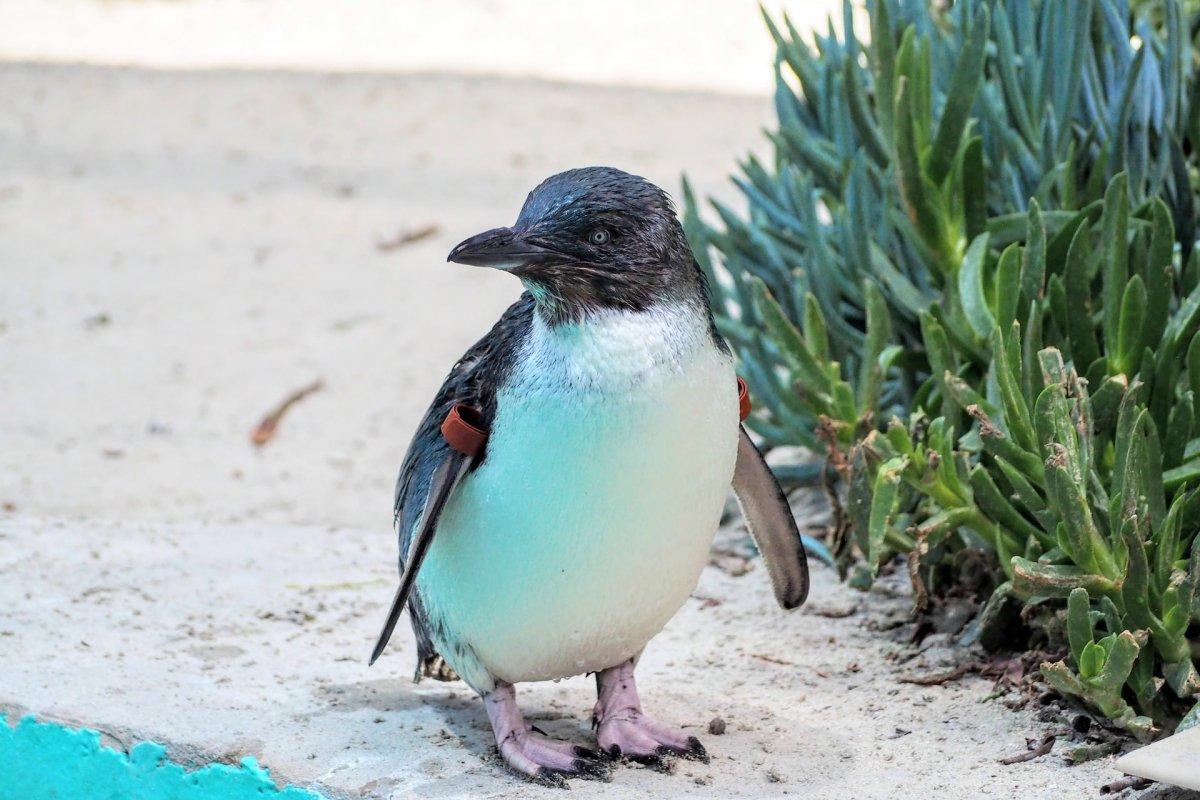
- Name: Australian little penguin
- Scientific name: Eudyptula novaehollandiae
- Conservation status:
The little penguin, also known as the fairy penguin, is a small species of penguin native to Australia and introduced to southeastern New Zealand. It was previously considered conspecific with the little penguin but is now a separate species.
In South Australia, the Australian little penguin is generally on the decline, and some colonies have declined to extinction. It is heavily preyed on by Australian sea lions, seals, sharks, and barracoutas.
Best spot to see this animal: Bunda Cliffs
9. Port Jackson shark
- Name: Port Jackson shark
- Scientific name: Heterodontus portusjacksoni
- Conservation status:
The Port Jackson shark is a nocturnal species of bullhead shark native to the coastal areas of southern Australia. It was named after Port Jackson, the main harbor of Sydney, and is relatively small, as it can grow up to 1.65 m / 5.5 ft long, but it is still the largest of its genus.
This shark feeds on mollusks, crustaceans, fish, and sea urchins, and it is a migratory species that travel south during the summer, before returning north in the winter to breed.
Best spot to see this animal: Port Noarlunga Reef Aquatic Reserve
10. Southern royal albatross
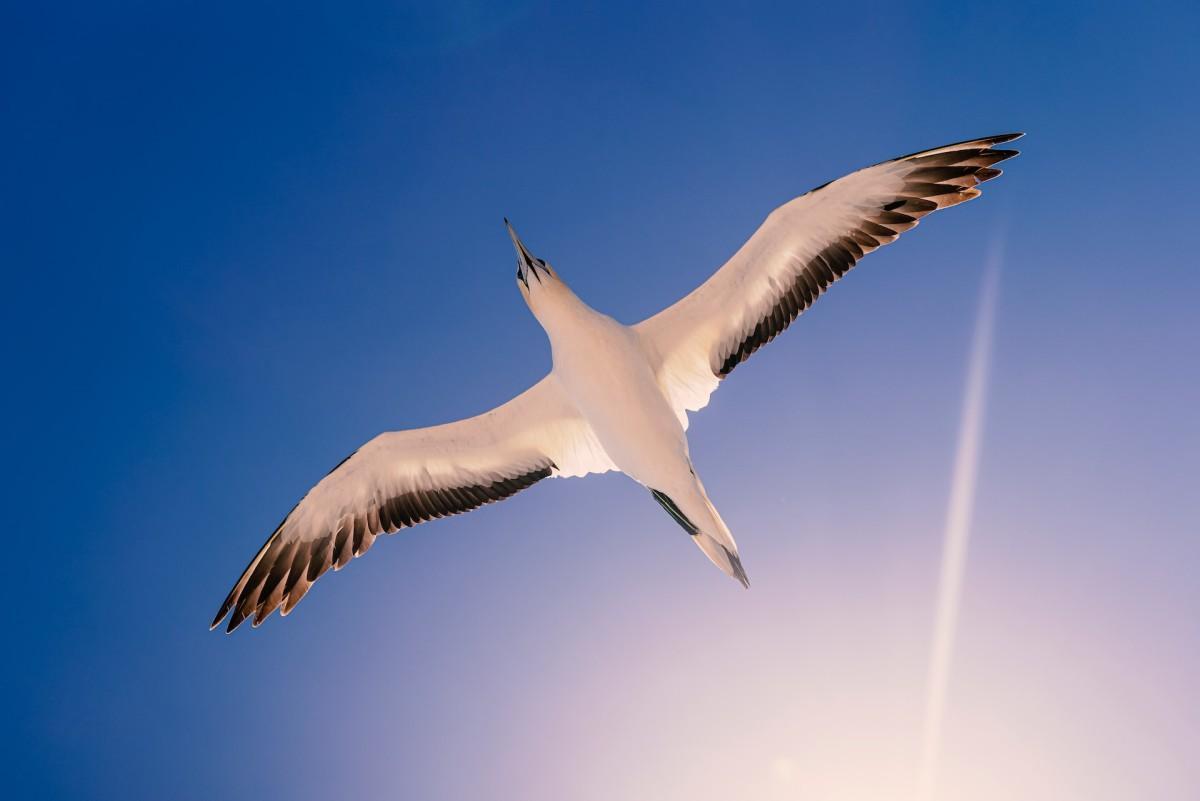
- Name: Southern royal albatross
- Scientific name: Diomedea epomophora
- Conservation status:
The southern royal albatross is a large species of seabird from the albatross family. It is one of the largest species of albatross alongside the wandering albatross, with a wingspan of more than 3 m / 9.8 ft!
This seabird can be found in the world’s southern waters, but not as far south as the Antarctic. It inhabits much of Australia’s southern coasts, where it feeds on squid and fish, as well as salps, crustaceans, and carrion.
Best spot to see this animal: East Gippsland
11. Dingo
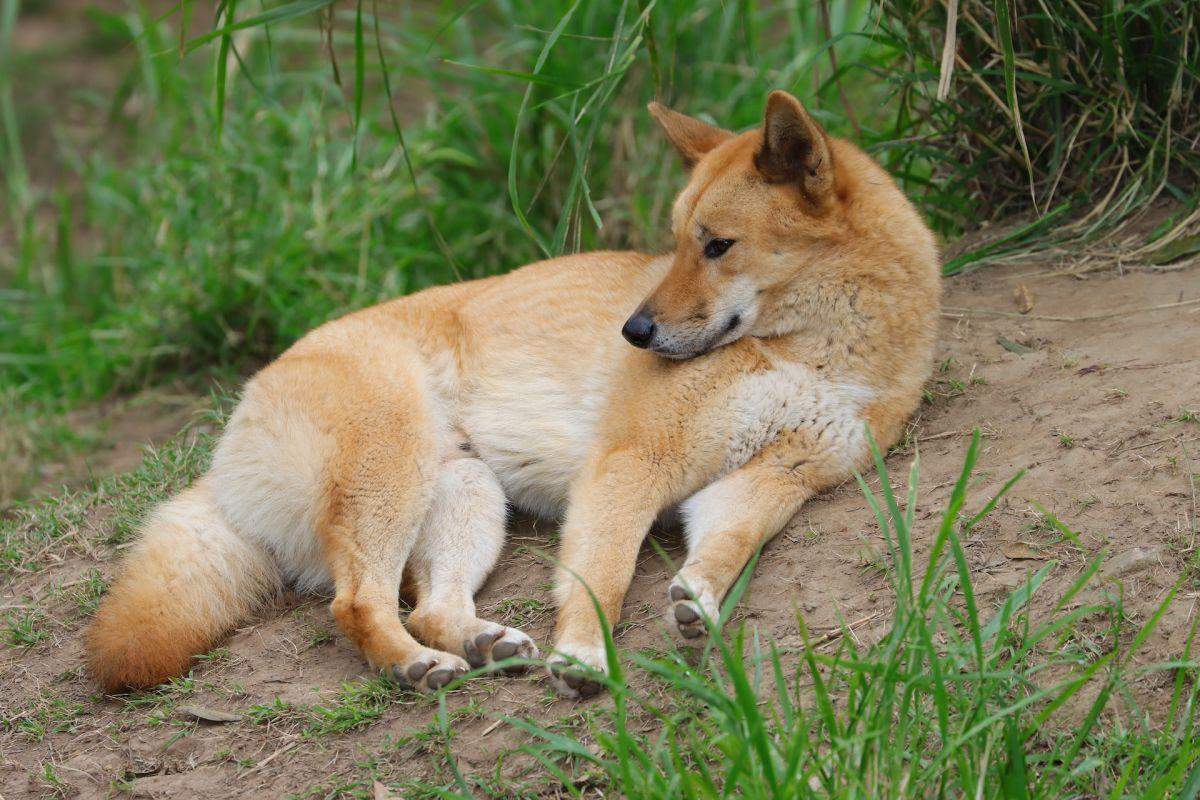
- Name: Dingo
- Scientific name: Canis dingo
- Conservation status:
The dingo is yet another unique Australian animal. It is a species of wild canine endemic to the country, and found all around it, except for the southeastern and southwestern fertile areas. It is medium-sized and very skinny, often described as having only skin and bones.
Although it is common around much of Australia, it is pretty scarce in South Australia. Interestingly enough, a large fence known as the Dingo Fence was erected in 1931.
Best spot to see this animal: Ngarkat Conservation Park
12. Australian pelican
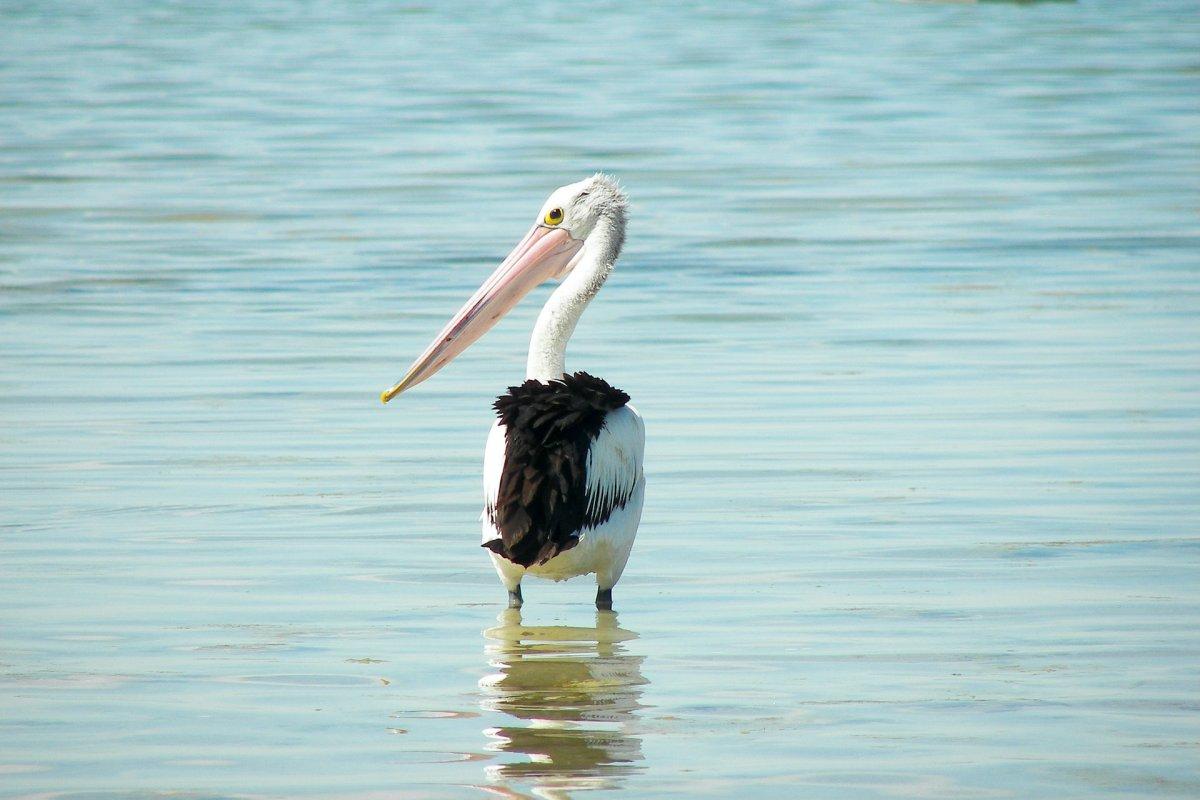
- Name: Australian pelican
- Scientific name: Pelecanus conspicillatus
- Conservation status:
The Australian pelican is a large species of waterbird found not only in Australia but also in the neighboring countries of Indonesia and New Guinea, as well as on multiple Pacific Islands. It has a pink bill and largely white plumage, and primarily feeds on fish, but also birds and carrion.
In South Australia, this pelican is known as “nori”, its Ngaarrindjeri name. Besides, it was the totem of singer Ruby Hunter.
Best spot to see this animal: Murray River
13. White-bellied sea eagle
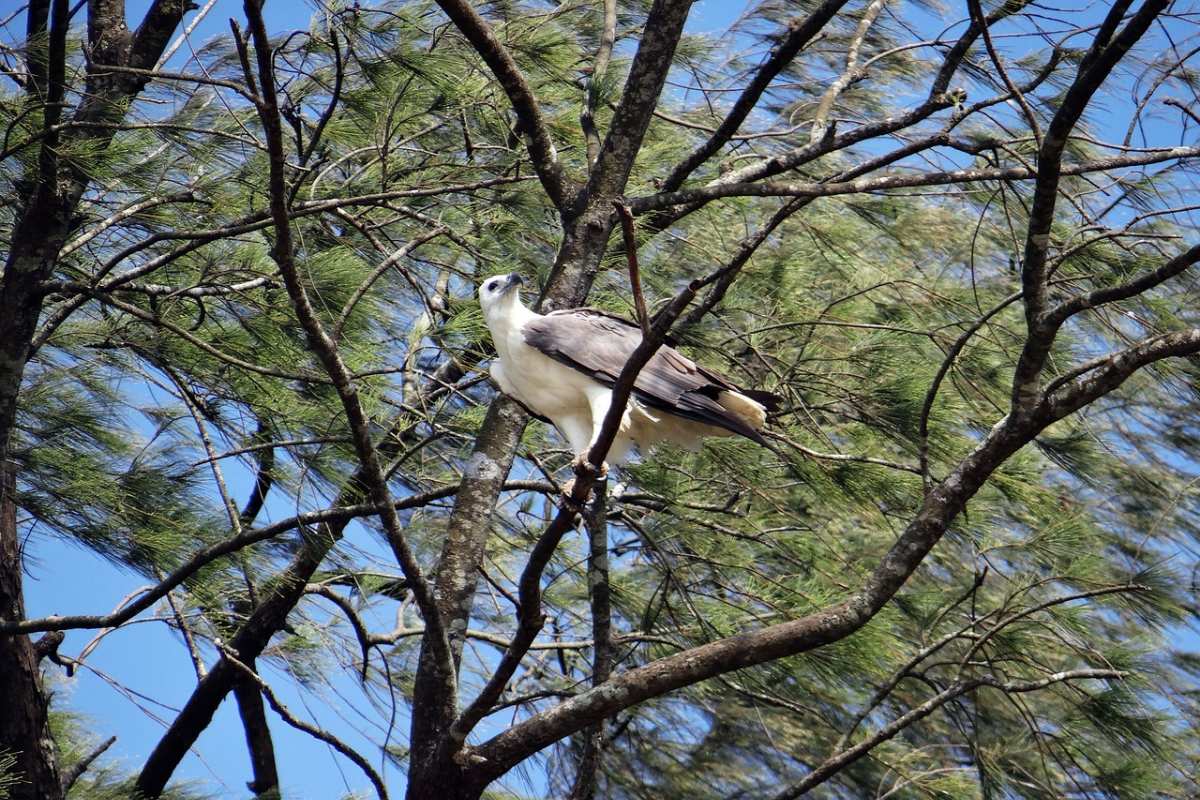
- Name: White-bellied sea eagle
- Scientific name: Haliaeetus leucogaster
- Conservation status:
The white-bellied sea eagle, also known as the white-breasted sea eagle, is a large species of bird of prey of the eagle family native to much of Australia’s coastlines, as well as neighboring countries. It is mostly white, which is quite unusual for an eagle, and just like lots of raptors, females are larger than males.
In South Australia, the white-bellied sea eagle particularly suffers from human impact on its nests, and it is thus listed as vulnerable to extinction, although its global assessment is “Least concern”.
Best spot to see this animal: Northern coast of Kangaroo Island
14. Black-flanked rock-wallaby
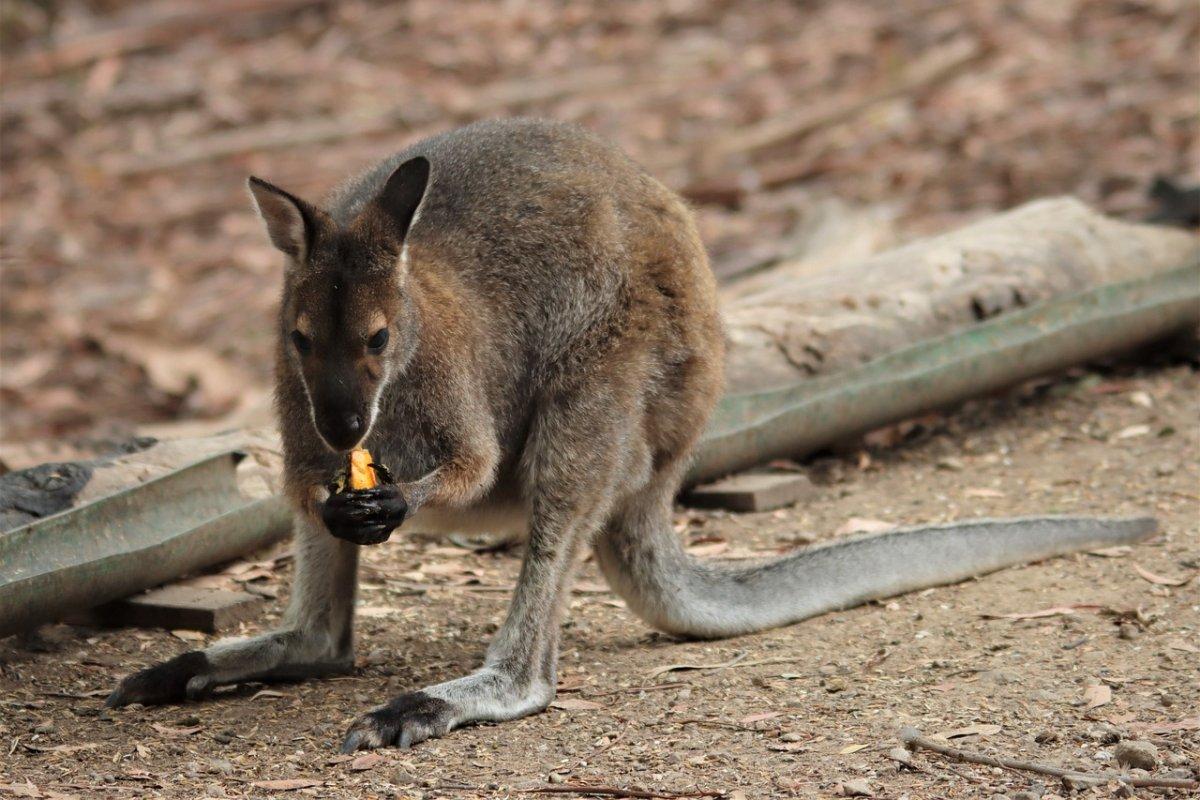
- Name: Black-flanked rock-wallaby
- Scientific name: Petrogale lateralis
- Conservation status:
The black-flanked rock wallaby, also known as the black-footed rock wallaby or the warru, is a species of wallaby, another marsupial native to Australia. It can be found across the Northern Territory, western and southern Western Australia, and parts of South Australia.
This animal is shy and nocturnal and is thus particularly difficult to spot. It usually lives in groups of about 10 to 100 individuals, but only 50 of them remain in all of South Australia.
Best spot to see this animal: Monarto Safari Park
15. Australian swamp rat
- Name: Australian swamp rat
- Scientific name: Rattus lutreolus
- Conservation status:
The Australian swamp rat, also known as the eastern swamp rat, is a species of rat native to the coastlines of southern and eastern Australia. It can grow to a length of up to 16 cm / 6 in with a long, scaly, and sparsely-haired tail of about 11 cm / 4.3 in.
This rat inhabits the lowland country of South Australia, usually in thick vegetation near swamps and watercourses.
Best spot to see this animal: Mount Lofty Ranges
16. Great white shark
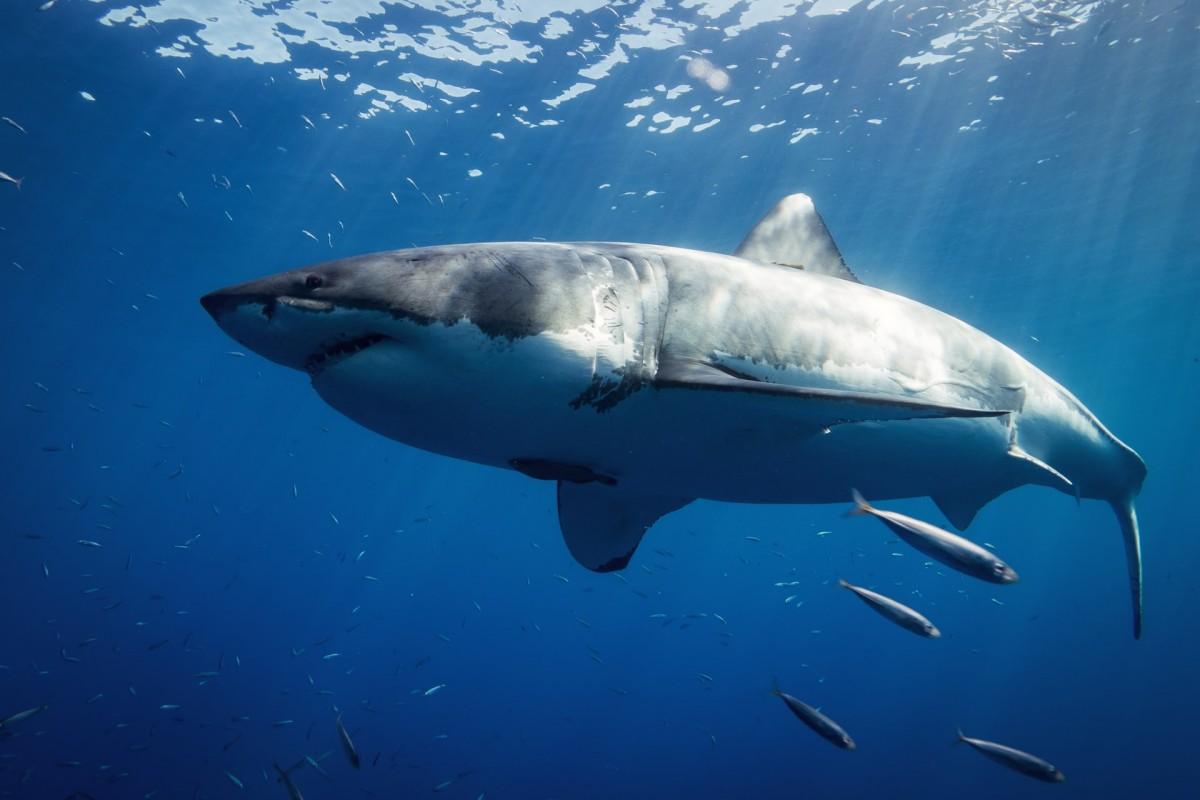
- Name: Great white shark
- Scientific name: Carcharodon carcharias
- Conservation status:
The great white shark, also known as the white pointer, the white shark, or the great white, is one of the most famous sharks on the planet, popularized by the media and movies such as “Jaws”. It can be found in the coastal, surface waters of all the major oceans of the world, but avoids the extreme northern and southern parts of the globe.
If you want to witness this apex predator in its natural habitat, you should travel off the coast of Port Lincoln, in the Neptune Islands, and dive in a cage!
Best spot to see this animal: Neptune Islands Group Marine Park
—
So there you have them, these were my 16 animals native to South Australia. I hope you enjoyed this list and that you learned something new today.
In case you want to learn more about the South Australian native animals, feel free to keep reading, as I still have some things to tell you about:
What is South Australia State Animal?
South Australia’s state animal is the southern hairy-nosed wombat.
Wombats (and marsupials as a whole) are very characteristic of Australia. The southern hairy-nosed wombat was declared South Australia’s state emblem in 1970, and it is completely protected within the area.
This marsupial is a very powerful digger that can easily excavate humid burrows, ideal to survive in South Australia’s harsh weather. It usually inhabits woodlands and shrublands and is almost exclusively confined to South Australia, being thus a powerful symbol.
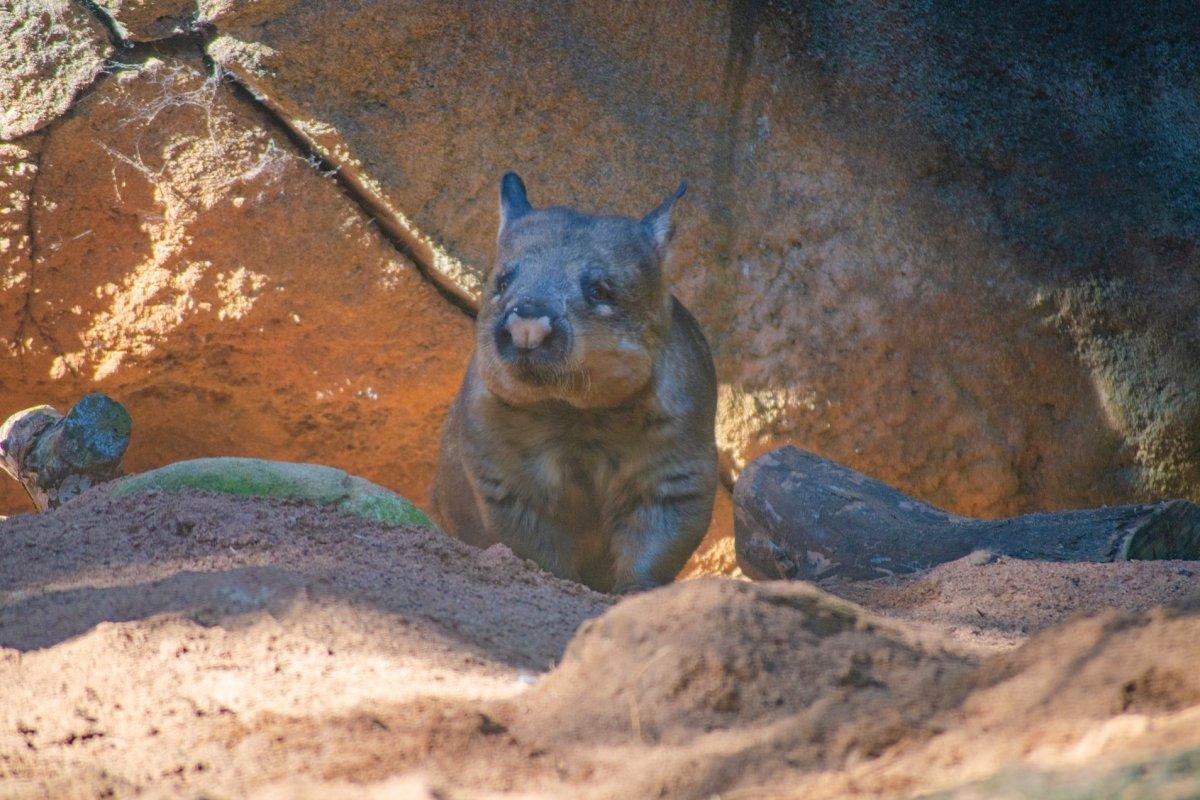
More About Animals in the World!
Loved these South Australia native animal facts?
Find out all Australia’s most popular animals in this post 👉 Top 30 Wild Animals in Australia
Or go deeper into discovering Australian animals through these posts, by state:
- Wild Animals in Western Australia
- Wild Animals in Victoria
- Wild Animals in Queensland
- Wild Animals in New South Wales
- Wild Animals in Tasmania
Click here to see ALL the facts on the blog! Spoiler alert: there’s A LOT of them.
Share the knowledge! Click on the buttons below to share information about these famous animals in South Australia with your friends, and help them learn more about the world 🙂
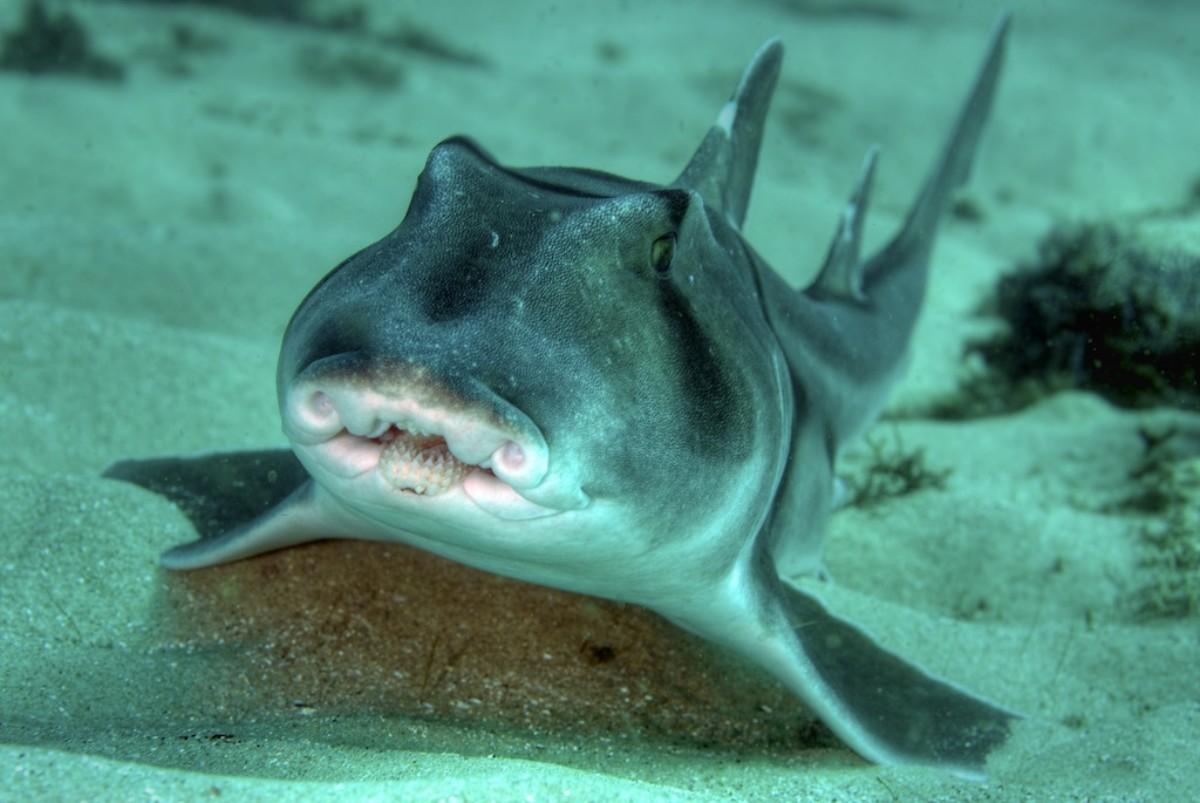
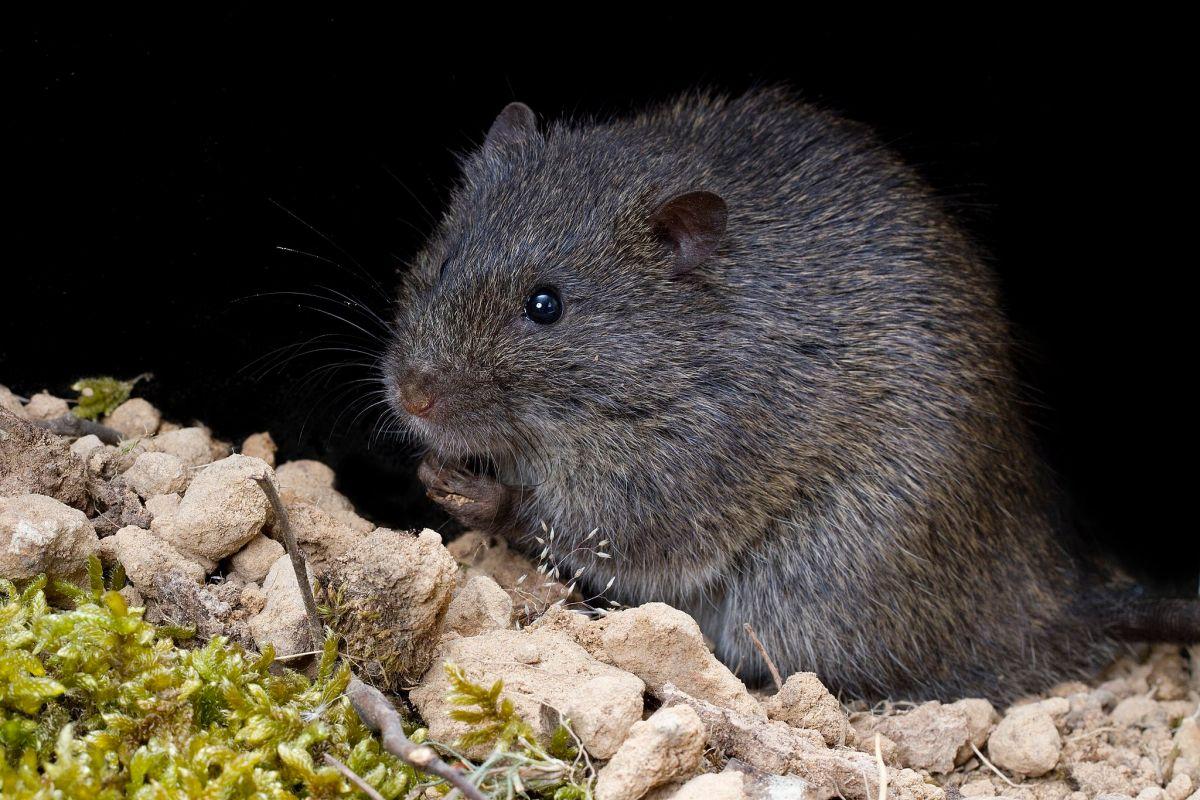

![25 Wild Animals in Sweden [Wildlife in Sweden]](https://www.kevmrc.com/wp-content/uploads/2022/10/25-wild-animals-in-sweden.jpg)
![10 Wild Animals in Samoa [Wildlife in Samoa]](https://www.kevmrc.com/wp-content/uploads/2023/01/10-wild-animals-in-samoa.jpg)
![13 Wild Animals in Victoria [Wildlife in Victoria]](https://www.kevmrc.com/wp-content/uploads/2023/01/13-wild-animals-in-victoria-australia.jpg)